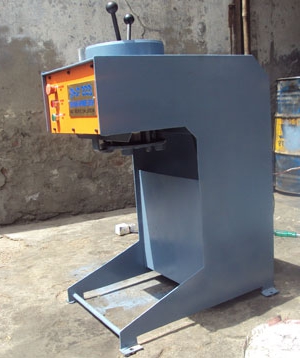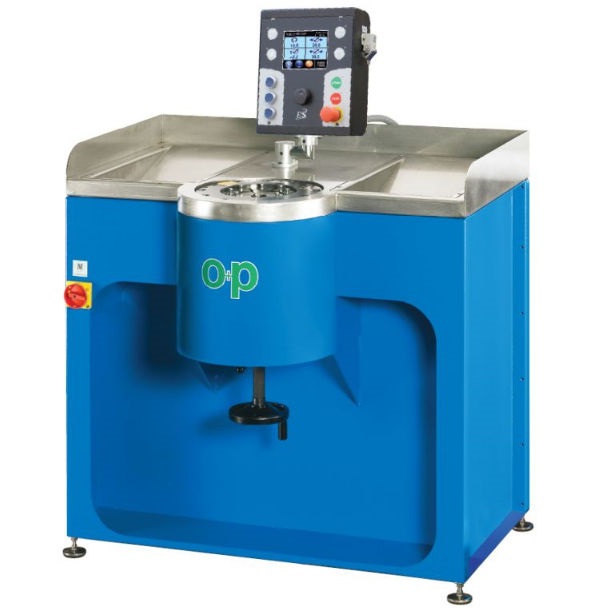Sleeves of a high pressure (RVD) are applied in many areas of engineering production. They are an indispensable element of any hydraulic system.
Demand for these products has always been high. However, for the organization of the production line, special equipment for the production of high pressure hoses is necessary.
Necessary equipment
To begin with, you should consider the main stages of the manufacture of sleeves. They are a multi-layer construction of rubber shells and metal braids. The maximum pressure that a sleeve can withstand while maintaining tightness depends on their quantity.

In order to reduce costs at the initial stage, it is recommended to use ready-made hoses and couplings as components. The technology for the production of high pressure hoses consists in assembling the main components. In this case, the production line will consist of the following machines:
- Automatic machine for cutting the sleeve of the desired length.
- Debarking equipment designed to remove the braid layer at the mounting ends of the hose.
- Crimping presses. They are designed to install the connecting elements of the sleeve: couplings, fittings or nipples.
These machines for the production of high pressure hoses are designed for a certain volume of finished products. The technological parameters of each stage of manufacture are determined by the functionality of the equipment and the complexity of production.
Cutting machine
After the acquisition of the main components, it is necessary to process them. For this, a sleeve bay of a certain diameter is mounted on the shaft. The surface of the edger is equipped with a stationary ruler.

Trimming occurs using a special disk mounted on a moving carriage. When choosing a cutting machine, you should pay attention to the maximum and minimum diameter of the hose, control method and power consumption.
Often, manual equipment is used. The worker measures the hose of the required length and, pressing the pedal, activates the carriage with a cutting saw. It is best to choose a machine with fixation of the workpiece, since then the slightest inaccuracy in size can lead to marriage.
You should know that there are no restrictions on the diameter of the cut sleeve. Therefore, such a machine is a universal equipment suitable for the manufacture of small high-pressure hoses for mechanical engineering and powerful hydraulic systems.
Debarker
In the process of cutting the hose, irregularities are formed at its ends. They will negatively affect the quality of fastening couplings. Therefore, the equipment for the production of high pressure hoses must necessarily include a debarking machine.

It is a device that cleans the outer and inner rubber layer of the sleeve. To do this, the hose is mounted on a special shaft and clamped by a counter strip with an abrasive surface. When the machine is turned on, the sleeve is processed. As a result, all irregularities and small structural defects are removed.
The main parameters of the equipment are the product diameters and the maximum grinding depth. It directly depends on the machine engine power - often it is from 0.7 to 1.3 kW, with a supply voltage of 380 V.
Pressing equipment
Further, the blanks are sent to the press for the production of high pressure hoses. At this stage, it is necessary to strictly observe the technology of their installation. Often the main problem in low-quality hoses is the detachment of the coupling from the rubber surface.

Pressing equipment for the production of high pressure hoses should have several removable nozzles for mounting elements of various configurations. The main part of the machine is a cam clamping mechanism. Using the control unit, the degree of removal of pressure of each element is established. It depends on the type of coupling or fitting to be connected. Parameters are set in manual mode or standard factory settings are used.
The final stage of the production of high pressure hoses is a product quality check. To do this, you can make a homemade hydraulic stand. After connecting the hose to the connectors, liquid is supplied inside it under pressure. If the production technology has been followed, the sleeve will remain airtight. Otherwise, it will be possible to observe a pressure drop inside the system. Inspection is recommended to be carried out selectively so that it does not affect the volume of production.
